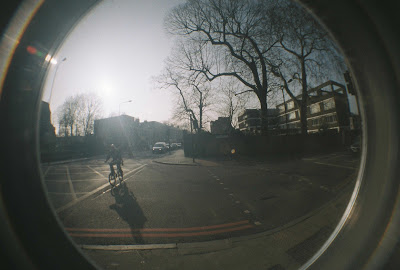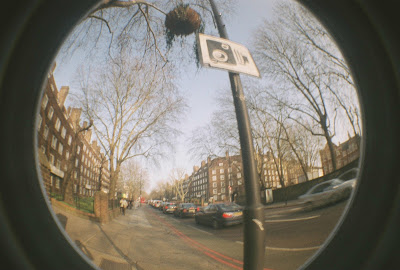 |
| 'Carte du pays de Tendre' (the map of the land of tenderness). Designed by Madeleine de Scudery in 1665 for her novel 'Clerie'. First engraved by Francois Chauveau. Taken from the book 'The Atlas of Emotion' (Giuliana Bruno) |
Nowadays, people are very much familiar with maps, since such cartographic schemes are inextricably related to the concept of a journey. Having said that though, there seem to be another genre of cartography with which we may not be so familiar with. Such geography is not intended to identify an existing geographical territory of the world, rather it is about representing the experience -gained through the journey- as a journey.
Tender geography; imaginary cartography; emotional mapping; tender cartography; allegorical geography, all of these terms are indeed very much relevant to be used for describing such navigational schemes. The
map of the land of Tenderness (carte du pays de Tendre) is one of the very early examples -if not the first- of such cartographic approach. Designed in 1654 by
Madeleine de Scudery for her novel
Clelie[1], and first engraved by Francois Chauveau, the map of
tenderness is a geographic allegory of emotions and
'relational space'. It is
''... an imagenary cartography of intimate space, where emotions take place and are spatially represented in their motion...''[2].
As far as concerns the narrative context of de Scudery's novel Clelie, the map is said to be a plan designed by the eponymous character in order to show the way to the land of Tenderness. In particular, one can observe a landscape composed by allegorical fixtures, such as imaginary towns, rivers, sea, lakes, trees and mountains. To name a few, there is the
'River of Inclination',
'the Sea of Enmity', the
'Dangerous Sea', the
'Lands Undiscovered', the
'Town of Oblivion',
'the Town of Tenderness', the one of
'Alacrity' and so forth.
Through her book
'Atlas of Emotion', Guiliana Bruno comments that
''... there are no fixed directives for this map tour. In the undetermined itinerary, several movements are possible and encouraged. There are even different destinations.'' For example, if one wants to reach the land of
tenderness and approach the
undiscovered lands, there are 3 possible itineraries to follow, along which emotional states, in the form of towns, rivers, lakes etc appear.
As Bruno notes,
''... these routes are a spatialized representation of the stages of love''. One can reach
'tender upon inclination' by following the
'river of Inclination', which then leads into the
'Dangerous sea' and beyond, into the amorous
'Lands Undiscovered'. The second possible itinerary to follow in order to reach the aforementioned destination would be to reach
'tender upon Esteem' (respect). Furthermore, one can reach
'tender upon Recognizance' (gratitude). Even though, the aforementioned imaginary itineraries are drawn as 3 different routes which lead to a destination, all 3 of them connect at some point. Exactly, as it happens in real life and in real emotional relations between human beings.
''Time and discourse are not only understood spatially but are mobilised in imaginative ways''.
In conclusion, as Bruno puts it, Madeleine de Scudery's map of
tenderness ''... embodies a narrative voyage. That is, it visualises, in the form of a landscape, an itinerary of emotions which is, in turn, the topos of the novel.'' In that sense,
''... the exterior world conveys an interior landscape... '' and the way
''... to traverse that land is to visit the ebb and flow of a personal and yet social psychogeography.'' Hence, the map itself becomes the voyage and the spectator, its passenger.
Notes:
1. Madeleine de Scudery, Clelie, histoire romaine, 10 vols, Paris: Augustin Courbe, 1654-60
2. Bruno, G. (2002) Atlas of Emotion: Journeys in Art, Architecture, and Film. New York: Verso




























